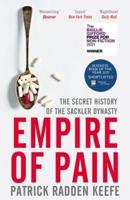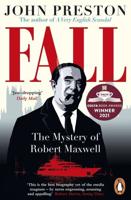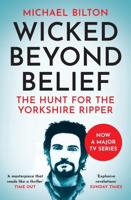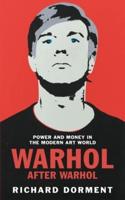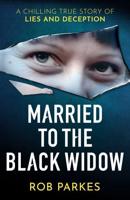Publisher's Synopsis
On July 4, 1954, Marilyn Sheppard, the wife of a handsome thirty-year-old doctor, Sam Sheppard, was brutally murdered in the bedroom of their home in Bay Village, Ohio, on the shore of Lake Erie. Sam Sheppard denied any involvement in the murder and described his own battle with the killer he described as "bushy-haired." Did Sam do it? It's rare for a murder mystery to endure for over half a century. Almost always, if the the mystery is not fully resolved at the trial, subsequent admissions, previously uncovered clues, or more sophisticated forensic tests reveal what the trial did not. Not so with the Sam Sheppard case. Facing two different juries, twelve years apart, Sam Sheppard was found guilty by one jury, not guilty by the next. Even over the past decade, partisans continued the debate. A third jury in 2000, asked to consider awarding the Sheppard family damages for wrongful imprisonment, sided with county prosecutors. In 2001, a book on the Sheppard case concluded that Sam was clearly innocent. Two years later, another book on the case argued just as forcefully that the first jury got it right: Sam was guilty as charged. We will look at the case and the surrounding facts and leave the judgement up to you, the reader. Apart from the large unanswered question of guilt, the Sheppard case deserves to be considered among the nation's most famous because it produced a landmark U. S. Supreme Court decision on fair trial rights and launched the career of a flamboyant young defense attorney named F. Lee Bailey. The case is also is remarkable for the unlikely collection of notable figures that touched the case, including columnist and quiz show star Dorothy Kilgallen, Cleveland Browns quarterback and NFL Hall-of-Fame member Otto Graham, and chief Nazi propagandist, Joesph Goebbels. The case also was widely associated with a popular early 60s' television show, The Fugitive.

